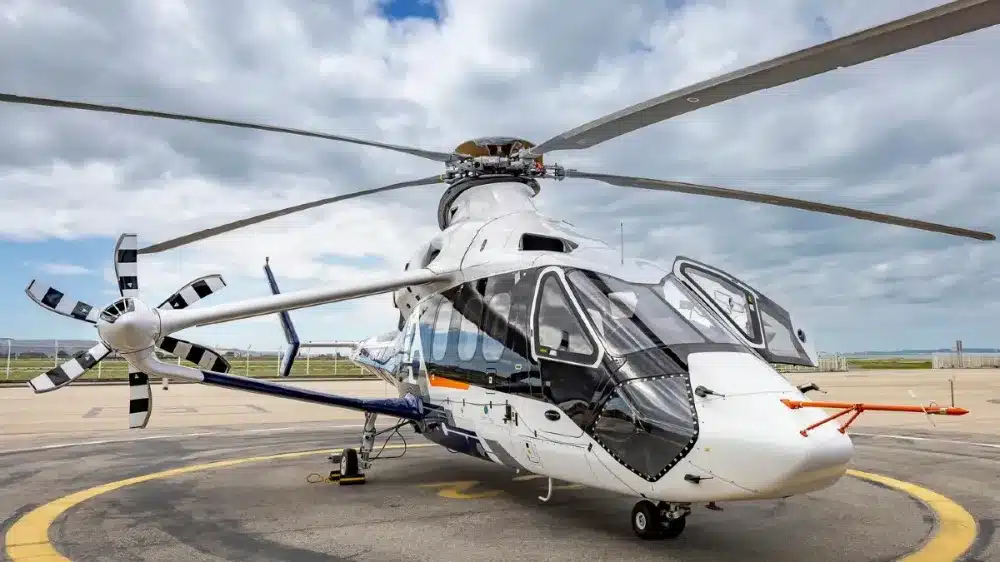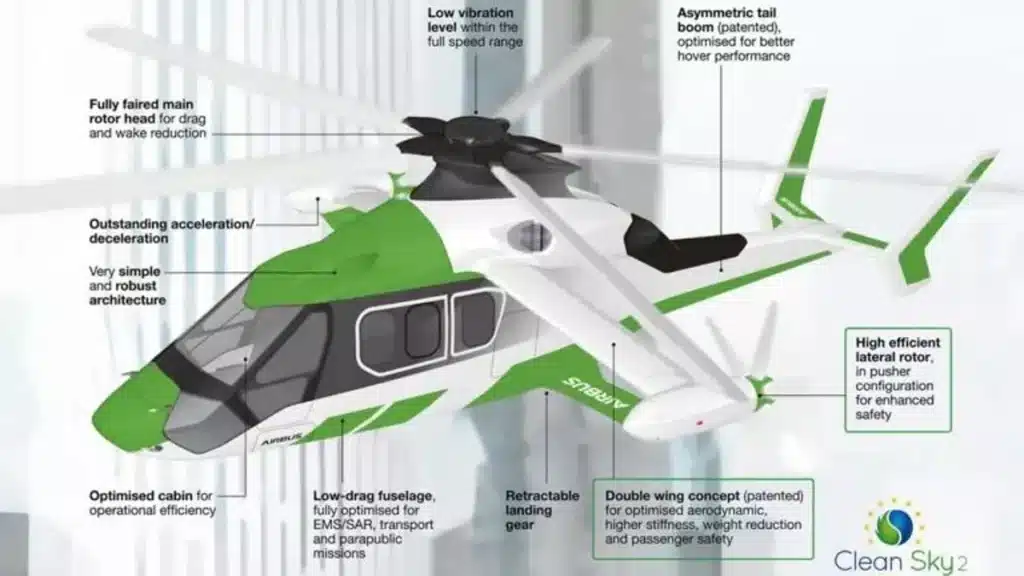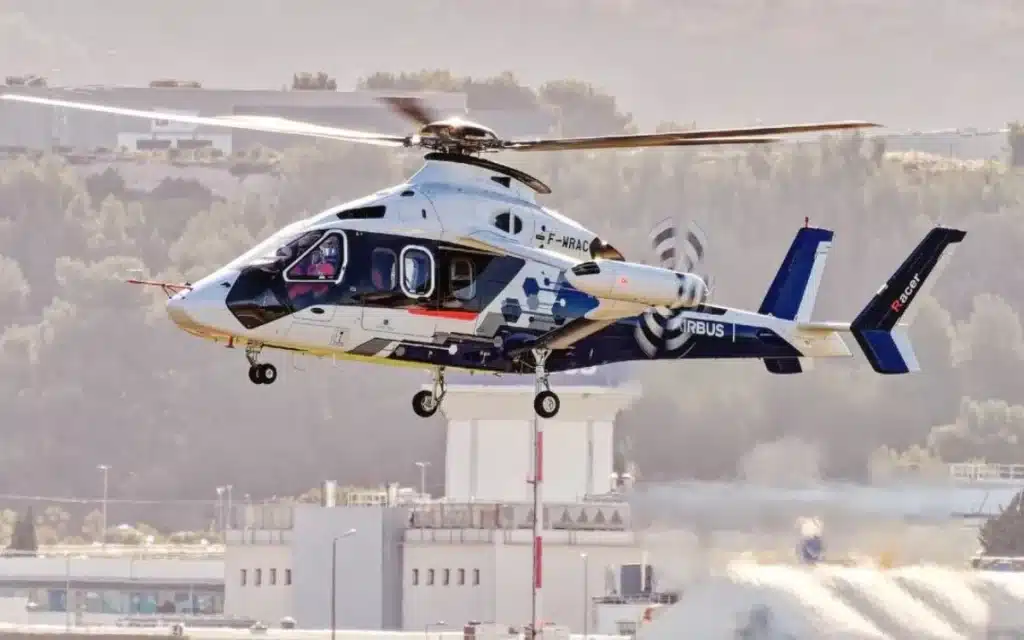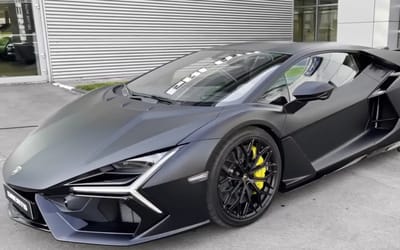Never-before-seen half-helicopter, half-airplane just completed its first flight
- The Airbus Racer hybrid aircraft certainly lives up to its name.
- The unprecedented aircraft is capable of a top speed of 401 km/h (249 mph)
- However, it has a 20 percent lower fuel burn than helicopters that fly around 80 km/h (50 mph) slower
Published on May 22, 2024 at 8:36 PM (UTC+4)
by Amelia Jean Hershman-Jones
Last updated on May 23, 2024 at 3:27 PM (UTC+4)
Edited by
Tom Wood
Is it a bird? No. Is it a plane? Well, kinda. This half helicopter and half plane by Airbus, called Racer, certainly lives up to its name.
The unprecedented aircraft is capable of a top speed of 401 km/h (249 mph) but has a 20 percent lower fuel burn than helicopters that fly around 80 km/h (50 mph) slower.
Its fuel burn per nautical mile at 180 knots (207.14 mph) eclipses a conventional helicopter at 130 knots (149.6 mph).
And with the Airbus Racer having just successfully taken its first flight in Marseille, France- it could be the future of helicopter travel.
READ MORE! The infrastructure required to support flying car travel
With both sustainability and speed, the experimental Airbus Racer seems to have it all.
The mixed-design Airbus Racer was first announced in 2017.
“The aim of the Racer is not to go as fast as possible,” said Racer and European research program manager at Airbus Helicopters, Julien Guitton.
“We wanted to offer enhanced operational capabilities at the right price for missions where speed can really be an asset.”
It’s all about finding the sweet spot.

The Racer was launched as part of Europe’s Clean Sky 2 program.
40 partner companies from 13 European countries worked alongside Airbus on the project.
Its goal was to reduce fuel consumption by 20 percent.
It also wanted CO2 emissions, noise, and vibration to be lower when compared to a conventional helicopter of the same weight.
Its designers hoped that their ‘compound’ design would be the best way to achieve this.
Uniquely, the helicopter rotor, fixed wings, an aerodynamic fuselage, and rear-racing propellers were combined.

Hybrid propulsion via a custom engine management system and autopilot were also included.
The engine management system lifts propulsion to its most efficient speed and fuel burn output.
Meanwhile, autopilot coordinates the array of features to ensure optimal flight performance.
The aircraft went through multiple simulations, with its first flight tests taking place in April.
The prototype nailed the design’s performance and efficiency goals.
The Airbus Racer’s Safran Eco-Mode hybrid-electric system puts one of its two Aneto-1X engines on hold while the whirlybird is in cruise mode.

“It has the ability to restart it almost instantaneously if necessary,” says Guitton.
“The aircraft flies slightly slower than it would with both engines running, but it’s still faster than a conventional helicopter.”
Thanks to a unique flap on the trailing edge, the Airbus Racer’s wings are optimized for all phases of flight.
The wings take 40 percent of the load off the rotor to reduce vibration which, per its creators, makes it a far more comfortable ride than a helicopter.
In similar news, the Chinese EV brand, XPeng, claims it will sell flying cars very soon.
Its XPeng X2 can fly for 35 minutes on a single charge.
DISCOVER SBX CARS: The global premium car auction platform powered by Supercar Blondie

London-based Amelia cut her journalistic teeth covering all things lifestyle, wellness, and luxury in the UK capital. Fast-forward a decade and the senior content writer and editor has put pen to paper for glossy magazines, busy newsrooms, and coveted brands. When her OOO is on from writing about cars and heading up on-site SEO you can find her spending quality time with her young family, in the gym, or exploring the city she loves.




